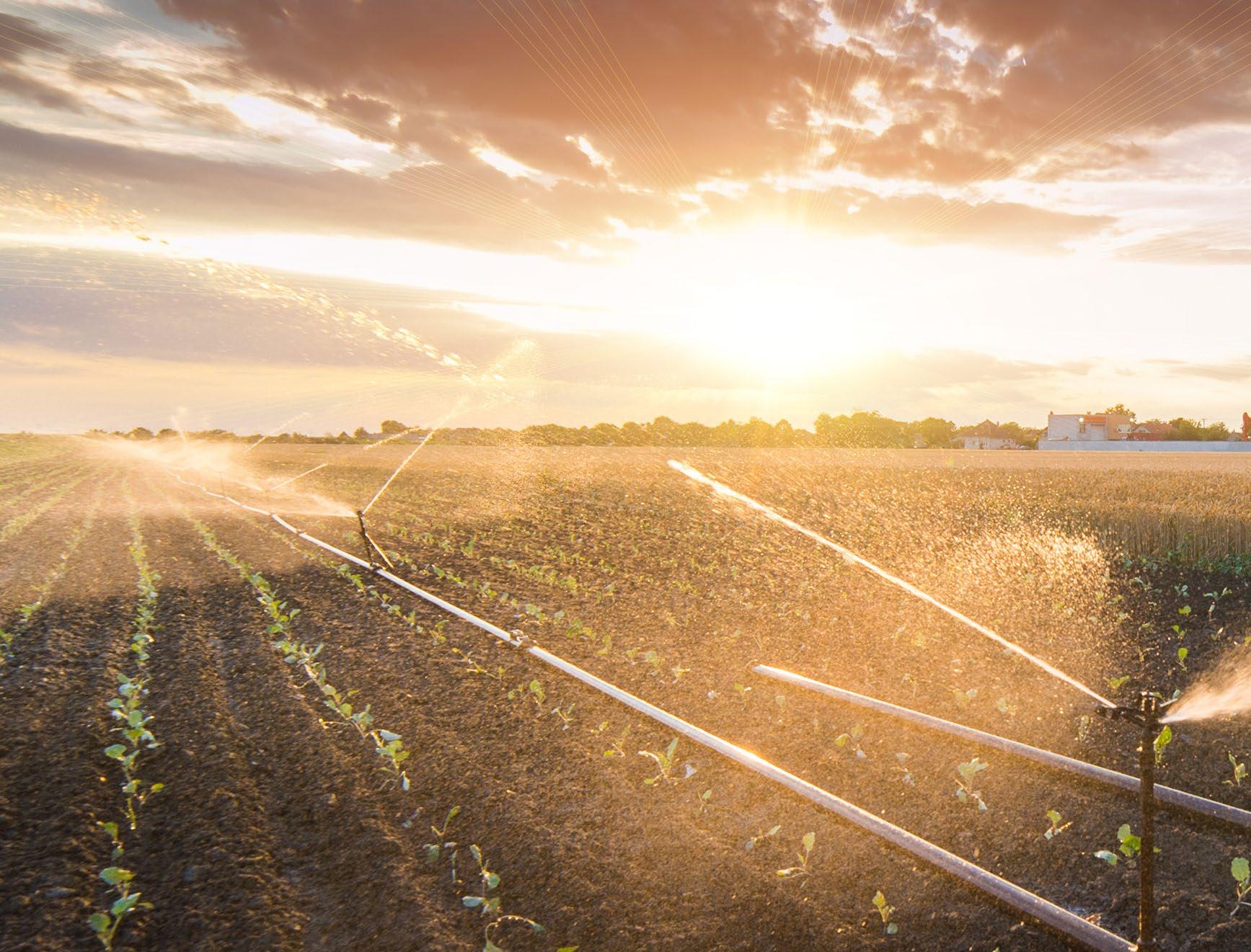
3 minute read
Water Scarcity In Europe: Does The EU Have A Plan?
Written By | MARTYN SHUTTLEWORTH
Europe faces increasing water shortages as droughts become more common and water scarcity through overconsumption, pollution, and the spectre of climate change creeps across the continent. In the face of these diverse threats, the EU is attempting reforms that address water quality, recycling, and reuse to preserve water resources.
Advertisement
Droughts are no longer rare in Europe and many countries regularly declare measures due to water shortages, including major food producing regions. Up to 20% of land and 30% of people regularly face water scarcity and, by the 2070s, 35% of Europe’s area could be under high water stress, affecting up to 40 million people.
Promoting Water Reuse
To address the issue, the EU has implemented a number of policies to promote water reuse and alleviate water scarcity. In 2022, the EU amended the Urban Wastewater Treatment Directive (UWWTD) that covers nitrogen, phosphorus, and micropollutants in wastewater discharge. Large waste water treatment plants (WWPTs) and plants in areas at risk from eutrophication will need to remove at least 82.5% of total phosphorus and 80% of total nitrogen by the end of 2035.
Water treated through the UWWTD will need further treatment to meet minimum quality standards for agricultural reuse. Accordingly, the EU’s Water Reuse Regulation became active in June 2023 and limits the contaminant levels in water reused for irrigation. The WRR will reassure crop growers and consumers that water reused for crops is safe while lowering the strain on water resources without compromising food security.
Food and Irrigation
Europe is a global leader in food exports, but its agricultural sector is responsible for almost half of its water consumption. The EU needs to conserve water at every stage of food production, from irrigation through to production, preparation, and packaging. While solutions such as smart irrigation are important, water saving must cover the whole lifecycle from farm to fork
In Europe, smart irrigation is recognized as a good way to preserve water resources and growers are gradually adopting the technology. As the technology matures,

Europe will experience a CAGR of over 15% in smart irrigation over the next few years including facilities such as parks, golf courses, and sports stadiums.
In the EU, 60% of water reuse projects cover irrigation, notably in Southern Europe, and often create partnerships between WWTPs and growers. In Murcia, Spain, for example, one of the driest regions in Europe, almost all wastewater recaptured is used for farming and replenishing aquifers.
Leaky Pipelines
Another problem is resource management because a quarter of Europe’s drinking water is lost through pipeline leaks and, in some member states, this rises to half. Accordingly, the EU is looking at a policies and technologies to tackle the issue. For example, many leaks occur on large pipes in rural areas, so remote leak monitoring technologies could create huge water savings.
Traditional surveys are time consuming, so drone and plane surveys through technologies like the WADI project provide an alternative. WADI uses multispectral imaging and IR cameras to assess surface temperature and vegetation before analysing the data to identify potential leaks.
Education and the Water Saving Culture
Educating communities about the importance of water conservation and reuse is a pillar of the EU’s strategy. One program is the European Institute of Innovation and Technology (EIT) Water Scarcity Programme to tackle water scarcity in Southern Europe through community action and education.
The program will encourage entrepreneurs and SMEs to develop new technologies and approaches for reducing water usage, encouraging reuse, improving water quality, and preparing communities for climate change. EIT will create links between experts and communities to create a water saving culture across Europe.
Enhancing Water Quality

Water quality is an ongoing issue in some areas and a number of EU directives address these. The
Drinking Water Directive, in force from January 2023, sets higher standards for contaminants including endocrine disruptors and microplastics. Ideally, increasing trust in tap water will encourage individuals and businesses not to use bottled water.
The broad directive covers all sources of water, whether tap or bottles, and includes water used for products intended for human consumption. The directive also seeks to improve access to water for all Europeans and address pipe leakages. The EU includes water under its wider zero pollution vision for 2050, notably for microplastics released into the environment.
In 2000, the Water Framework Directive (WFD) intended to raise Europe’s waters to good status by 2015 and promote sustainable water management practices to promote resilience against floods and droughts. Progress has been patchy and some water bodies remain polluted or overexploited, with more funding and programs needed to preserve water resources.
The EU encourages projects to improve water monitoring quality through schemes such as Horizon Europe. For example, IBAIA will develop four sensors to detect microplastics, organic chemicals, nutrient salts, and heavy metals, alongside salinity, helping end users monitor water quality.
Overall, the EU understands the importance of addressing water scarcity and quality, especially in the face of climate change. With a number of directives, programs, and support for technology there are signs that a plan is emerging.










